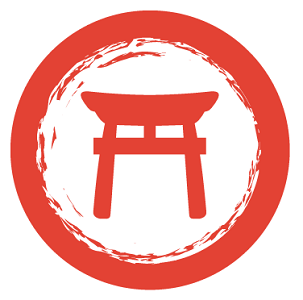
Michiel Boere
Third degree black belt Shinkendo instructor. Learning martial arts since 2003 and still not finished. He is enjoying himself immensely with swords and bo staffs. Both a professional teacher and chief instructor of the Fuujokan dojo. Hoping that all his students will surpass him in the future and until that time finding ways to re-format his teaching to develop new insight in the nature of true swordmanship. For ever a student - always willing to learn..












